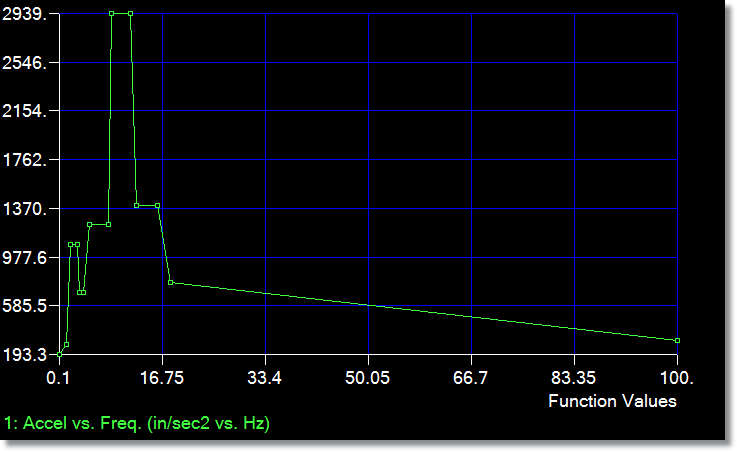cavva78
Mechanical
- Feb 13, 2008
- 24
thread825-258197
Hello,
I'm performing a SRS analysis with FEMAP 11.1 and NXN 9.0. I'm following the FEMAP tutorial no.19 doing a modal analysis applying a SRS (acceleration vs. frequency)on a node with a large mass and a SUPORT entry in the excited DOF.
My question is: is it mandatory to use a large mass? What is the relation between the large mass value (tutorial just says 1e+3 to 1e+6 times model mass) and the SRS function? I see that if I delete the mass my results change with a factor about 3.5, but if I change mass value to 1000, 2000 or 10000 results are exactly the same. Is the result independent from mass, and still in standard units (that is m/s/s for accelerations, Pa for stresses, etc.)?
Thanks
Marco
Hello,
I'm performing a SRS analysis with FEMAP 11.1 and NXN 9.0. I'm following the FEMAP tutorial no.19 doing a modal analysis applying a SRS (acceleration vs. frequency)on a node with a large mass and a SUPORT entry in the excited DOF.
My question is: is it mandatory to use a large mass? What is the relation between the large mass value (tutorial just says 1e+3 to 1e+6 times model mass) and the SRS function? I see that if I delete the mass my results change with a factor about 3.5, but if I change mass value to 1000, 2000 or 10000 results are exactly the same. Is the result independent from mass, and still in standard units (that is m/s/s for accelerations, Pa for stresses, etc.)?
Thanks
Marco


